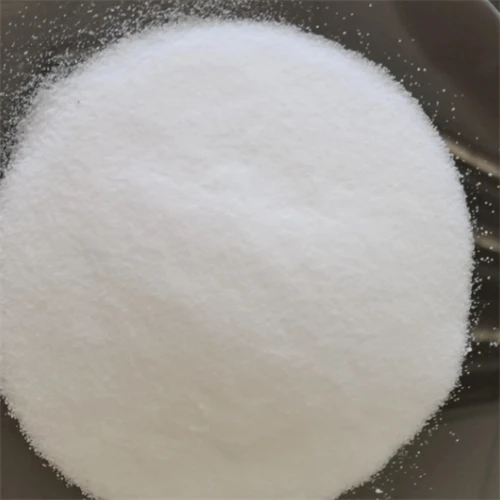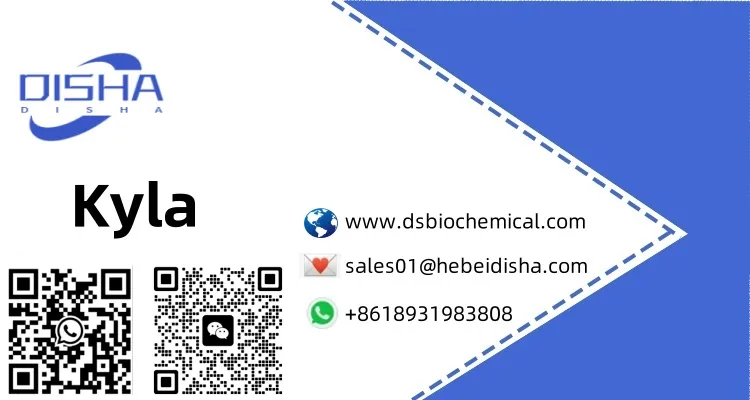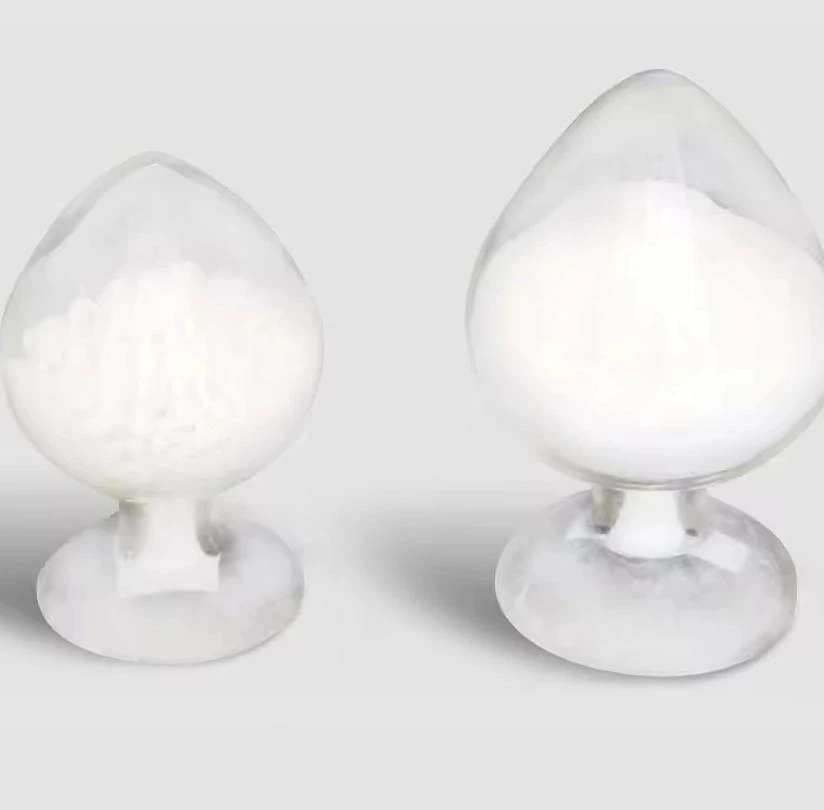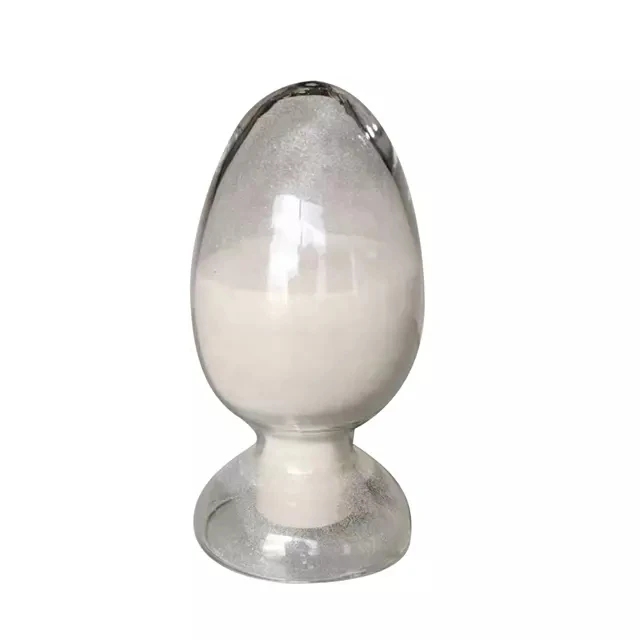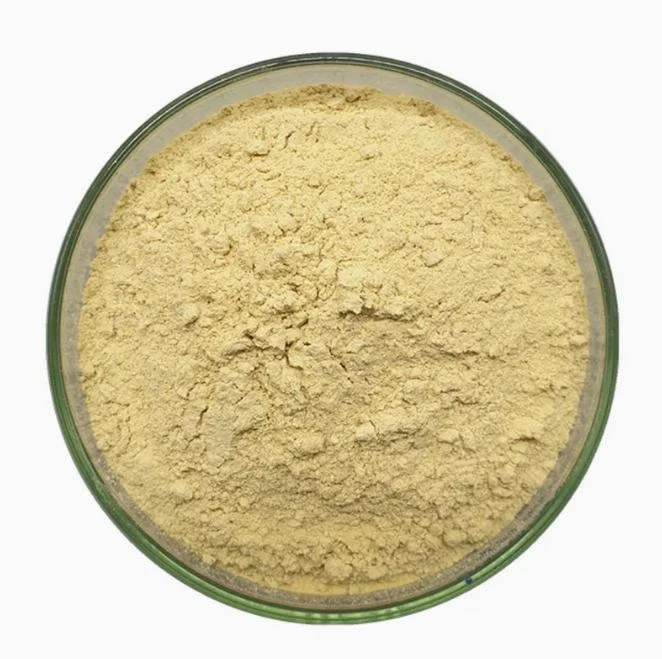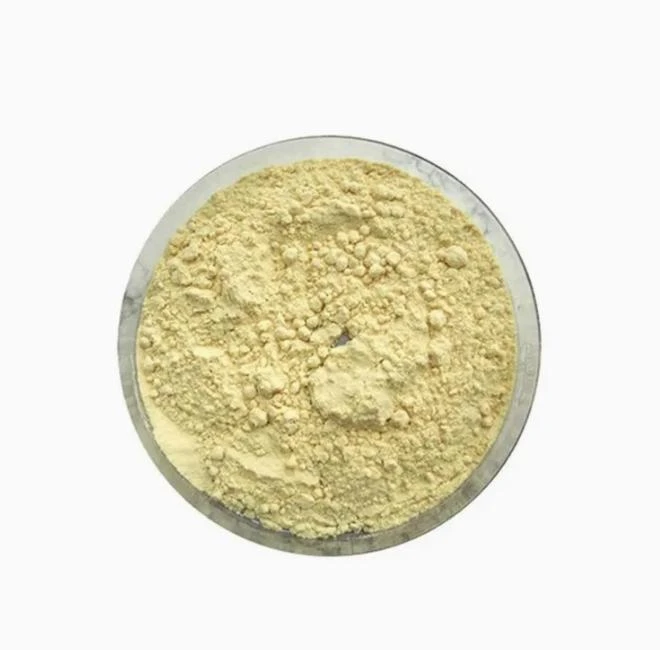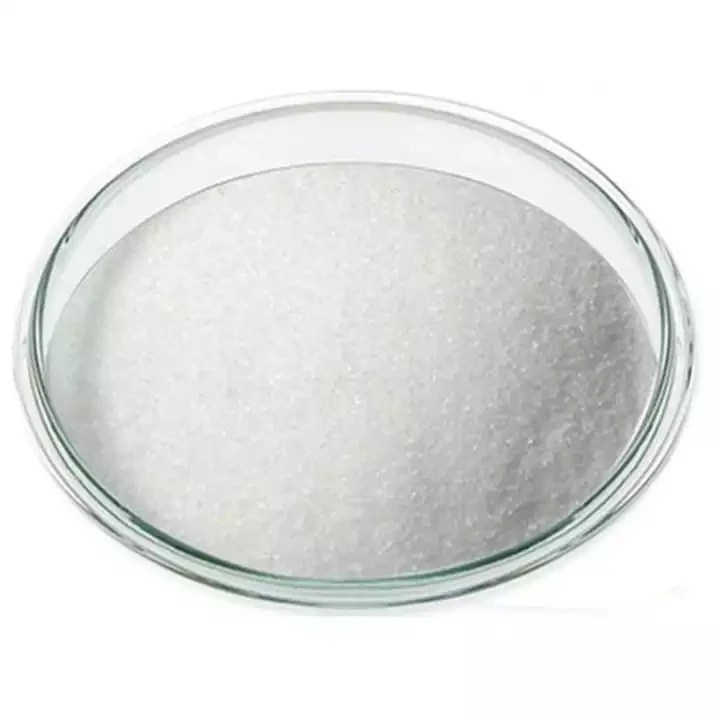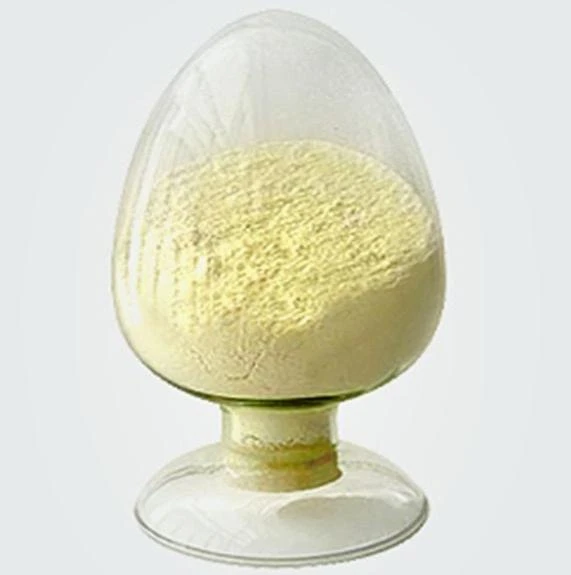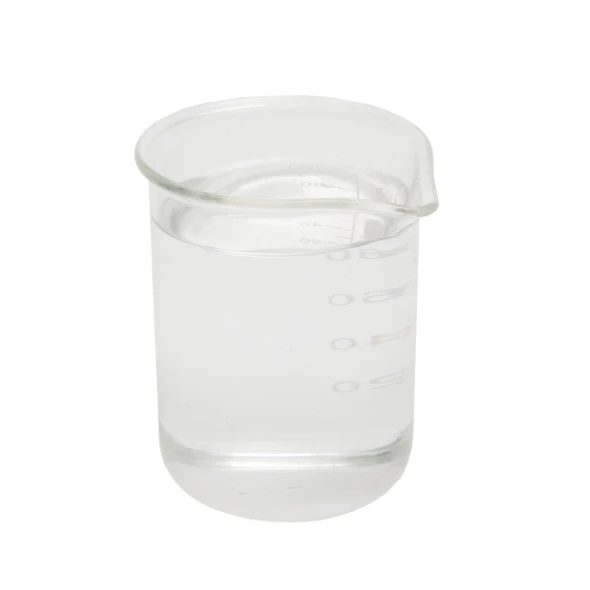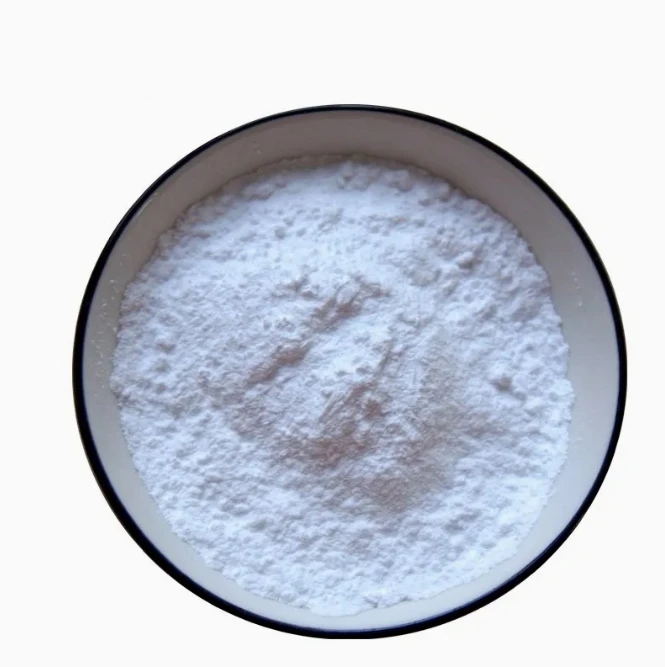Warning: Undefined array key "file" in /home/www/wwwroot/HTML/www.exportstart.com/wp-content/themes/1198/header.php on line 7
Warning: Undefined array key "title" in /home/www/wwwroot/HTML/www.exportstart.com/wp-content/themes/1198/header.php on line 7
Warning: Undefined array key "title" in /home/www/wwwroot/HTML/www.exportstart.com/wp-content/themes/1198/header.php on line 7
- ʻApelika
- Alapania
- Amahapika
- Apapika
- Ameniana
- Azerbaijani
- Pōkē
- ʻŌlelo Belarusa
- Penekali
- Ponia
- Pukalia
- ʻŌlelo Katalonia
- Cebuano
- Kina
- Kina (Taiwan)
- ʻŌlelo Kokia
- Koalia
- Keka
- Kenemaka
- Hōlani
- Pelekania
- ʻŌlelo Esperanto
- Ekekonia
- Pinilana
- Palani
- Frisian
- Kalikia
- Keokia
- Alemania
- Helene
- Kuhalaki
- ʻŌlelo Haiki
- Hauka
- ʻŌlelo Hawaiʻi
- Hepela
- ʻAʻole
- Miao
- Hunakalia
- ʻĀinahau
- igbo
- ʻInikonia
- Ipelana
- Ikalia
- Kepanī
- Kawanī
- Kanākā
- ʻŌlelo Kazaka
- Khmer
- Rwandan
- Kolea
- ʻŌlelo Kurdish
- ʻŌlelo Kyrgyz
- TB
- ʻŌlelo Lākni
- Lakiwiana
- ʻŌlelo Lituania
- ʻŌlelo Lukemapuka
- Makekoni
- Malgashi
- Mālei
- Mālealama
- Malkī
- ʻŌlelo Māori
- Malapi
- ʻŌlelo Monokolia
- Maianamara
- Nepali
- Nolewai
- Nolewai
- ʻOkitana
- ʻŌlelo Pashto
- Pelekia
- Pōlani
- Pukikī
- ʻŌlelo Punajabi
- Lomānia
- Lukia
- Sāmoa
- Gaelika Sekotia
- ʻŌlelo Serbia
- Pelekania
- Shona
- Kiniki
- Sinhala
- Kolowakia
- Kolewenia
- ʻŌlelo Somalia
- Kepania
- ʻōlelo Sunda
- Kawahili
- Kuekene
- Kakalo
- Tajika
- Kamili
- Tatar
- Keluku
- Kailani
- Tureke
- ʻŌlelo Kuleke
- Ukrainian
- Urdu
- Uighur
- ʻUzbek
- Vietnamese
- Welsh
- Kokua
- Yiddish
- Yoruba
- Zulu
Acrylamide
Acrylamide, an organic compound that damages the human nervous system, is a by-product of the "Maillard reaction" in food. The stronger the aroma, the higher the yield of acrylamide.
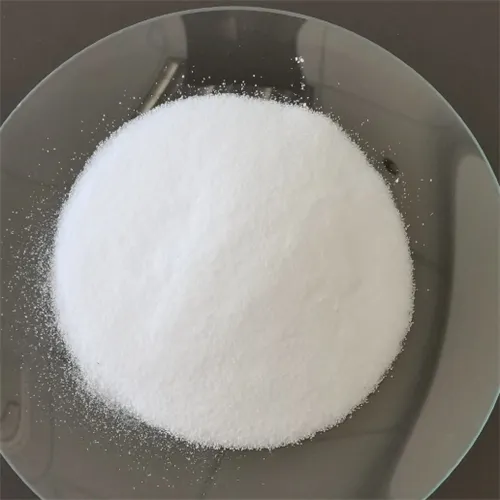


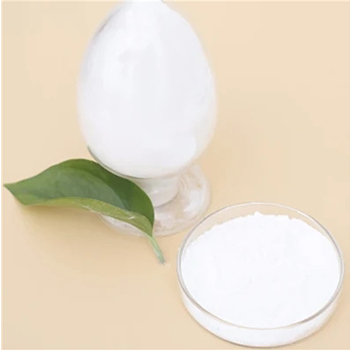
Acrylamide has the chemical formula C3H5NO and is a white crystalline powder. Soluble in water, ethanol, ether, acetone, insoluble in benzene, hexane.
Acrylamide is one of the most important and simplest acrylamide systems, and is widely used as raw materials for organic synthesis and polymer materials. The polymer is soluble in water, so it is used to produce flocculant in water treatment, especially for the flocculation of protein and starch in water. In addition to flocculation, there are excellent properties such as thickening, shear resistance, resistance reduction and dispersion. When used as a soil conditioner, it can increase the water permeability and moisture retention of soil; It can be used as a paper filler to increase the strength of paper and replace starch and water-soluble ammonia resin. It is used as chemical grouting agent for tunnel opening, oil well drilling, mine and dam plugging in civil engineering. Used as fiber modifier, can improve the physical properties of synthetic fiber; Used as a preservative, can be used for underground components anticorrosion; It can also be used as an additive in the food industry, dispersant of pigments, printing and dyeing paste. With the phenolic resin solution, it can be made into a binder of glass fiber, and together with rubber, it can be made into a pressure sensitive adhesive. Many synthetic materials can be prepared by polymerization with vinyl acetate, styrene, vinyl chloride, acrylonitrile and other monomers. This product can also be used as medicine, pesticides, dyes, paint raw materials.
Loaʻa iā mākou nā hale hana kiʻekiʻe me ka pilina hohonu, hiki iā ia ke hāʻawi iā ʻoe i nā huahana kiʻekiʻe a me nā kumukūʻai hoʻokūkū. A hiki iā mākou ke hāʻawi i nā uku no nā kūʻai nui. A ke hui pū nei mākou me nā ʻoihana lawe ukana ʻoihana he nui, hiki ke hāʻawi i nā huahana me ka palekana a me ka maʻalahi i kou mau lima. ʻO ka manawa hoʻouna ma kahi o 3-20 mau lā ma hope o ka hōʻoia ʻana o ka uku.

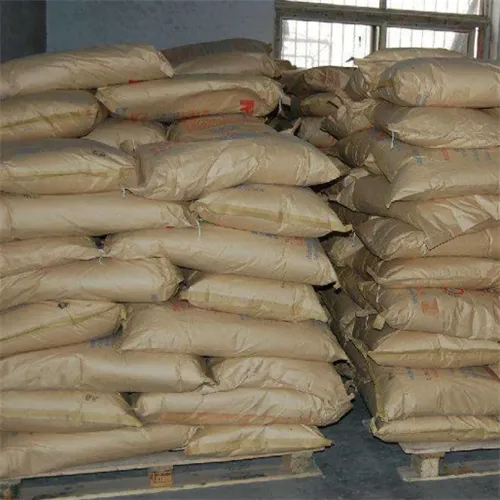
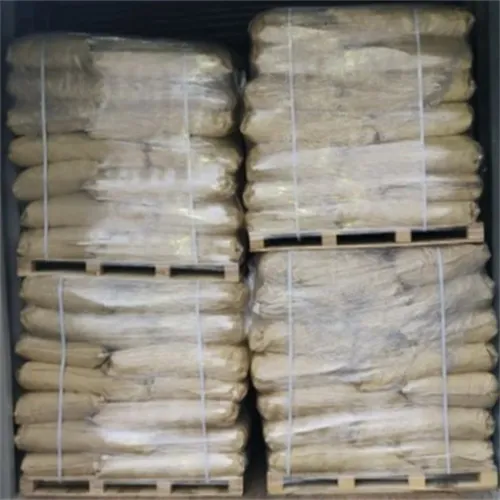


Chemical property
Acrylamide contains carbon-carbon double bonds and amide groups, and has the chemical commonality of double bonds: it is easy to polymerize under ultraviolet irradiation or at melting point temperature; In addition, double bonds can be added to hydroxyl compounds under alkaline conditions to form ethers. Addition with primary amine can produce monadic adducts or binary adducts; addition with secondary amine can only produce monadic adducts; addition with tertiary amine can produce quaternary ammonium salts; With the addition of activated ketones, the admixture can be cyclized immediately to form lactam. It can also be added with sodium sulfite, sodium bisulfite, hydrogen chloride, hydrogen bromide and other inorganic compounds; This product can also be copolymerized, such as with other acrylates, styrene, vinyl halide copolymerization; The double bond can also be reduced by borohydride, nickel boride, rhodium carbonyl and other catalysts to produce propionamide. By catalytic oxidation with osmium tetroxide, diol can be produced. The amide group of this product has the chemical commonness of aliphatic amide: reacts with sulfuric acid to form salt; In the presence of basic catalyst, acrylic acid ions were hydrolyzed. In the presence of acid catalyst, acrylic acid was hydrolyzed. In the presence of dehydrating agent, acrylonitrile is formed by dehydration. It reacts with formaldehyde to form n-methylol acrylamide.

1. He hale hana ʻoe a he hui kālepa paha?
He compnay mākou e hoʻohui i ka ʻoihana a me ke kālepa, e hāʻawi ana i ka lawelawe hoʻokahi. Hiki ke ʻae ʻia ʻo OEM.
2. Hāʻawi anei ʻoe i nā laʻana? He manuahi a keu paha?
Free samples.The sample's freight fee Pono e uku ma kou aoao.
3. Loaʻa iā ʻoe nā palapala hōʻoia e pili ana i ka mana maikaʻi?
ISO 9001: 2008 palapala hōʻoia e hōʻoia i ka maikaʻi.
4. He aha kaʻu e hāʻawi ai e kiʻi i kahi ʻōlelo?
E haʻi mai ʻo Pls iā mākou i ke ʻano huahana āu e pono ai, ka nui o ke kauoha, ka helu a me nā koi kikoʻī. E hana ʻia ka ʻōlelo no kāu kuhikuhi i ka manawa.
5. He aha ke ʻano o ka uku uku āu e makemake ai? He aha ke ʻano o nā ʻōlelo i ʻae ʻia?
ʻAe ʻia nā ʻōlelo hoʻouna: FOB, CFR, CIF, EXW;
ʻAe ʻia ke kālā uku:USD;
ʻAno uku i ʻae ʻia: T / T, Western Union; Paypal, Hōʻoia Kūʻai.
ʻŌlelo i ʻōlelo ʻia: English.
Māhele huahana
-
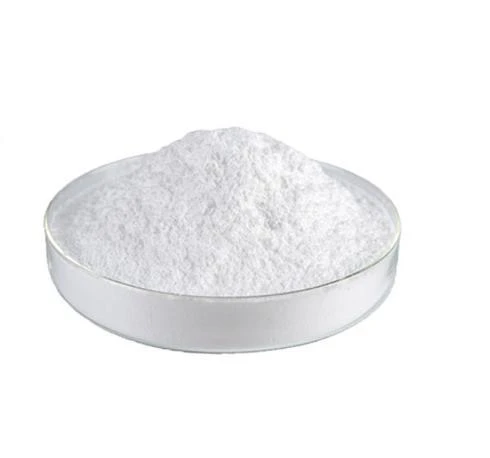 Apr . 27, 2025Zibo will host the 2025 International Chemical ExpoZibo, a city known for its thriving chemical industry, will host the 2025 Zibo International Chemical Expo from May 16 to May 18, 2025. This highly anticipated event aims to bring together industry leaders, innovators and stakeholders from around the world to explore the latest advancements and trends in the chemical industry.
Apr . 27, 2025Zibo will host the 2025 International Chemical ExpoZibo, a city known for its thriving chemical industry, will host the 2025 Zibo International Chemical Expo from May 16 to May 18, 2025. This highly anticipated event aims to bring together industry leaders, innovators and stakeholders from around the world to explore the latest advancements and trends in the chemical industry. -
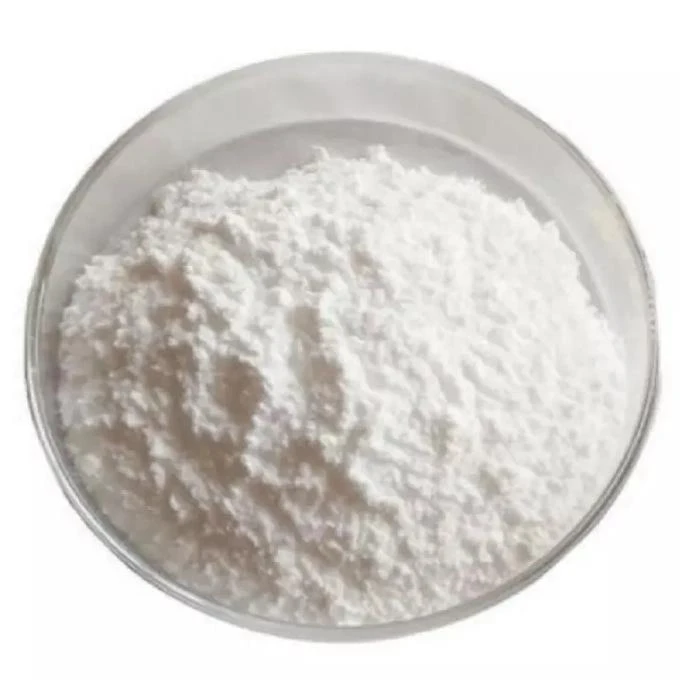 Apr . 22, 20252025 Yokohama Cosmetics Raw Materials and Technology ExhibitionYOKOHAMA, Japan – The City of Yokohama is preparing to host the much-anticipated Cosmetics Ingredients & Technologies 2025 from May 14 to May 16, 2025. The premier event is expected to attract industry professionals, innovators and enthusiasts from around the world to showcase the latest advancements in cosmetic ingredients and technologies.
Apr . 22, 20252025 Yokohama Cosmetics Raw Materials and Technology ExhibitionYOKOHAMA, Japan – The City of Yokohama is preparing to host the much-anticipated Cosmetics Ingredients & Technologies 2025 from May 14 to May 16, 2025. The premier event is expected to attract industry professionals, innovators and enthusiasts from around the world to showcase the latest advancements in cosmetic ingredients and technologies. -
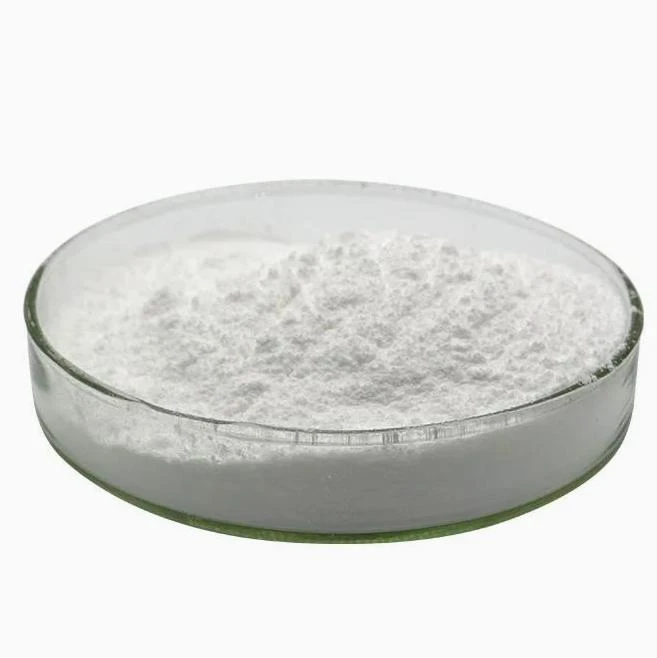 Apr . 18, 20252025 India Mumbai Fine Chemicals ExhibitionMUMBAI, India – The bustling metropolis of Mumbai is gearing up to host the much-anticipated Fine Chemicals Expo on April 29-30, 2025. The premier event is expected to attract industry leaders, innovators and stakeholders from across the world to showcase the latest advancements in the fine chemicals sector.
Apr . 18, 20252025 India Mumbai Fine Chemicals ExhibitionMUMBAI, India – The bustling metropolis of Mumbai is gearing up to host the much-anticipated Fine Chemicals Expo on April 29-30, 2025. The premier event is expected to attract industry leaders, innovators and stakeholders from across the world to showcase the latest advancements in the fine chemicals sector.


